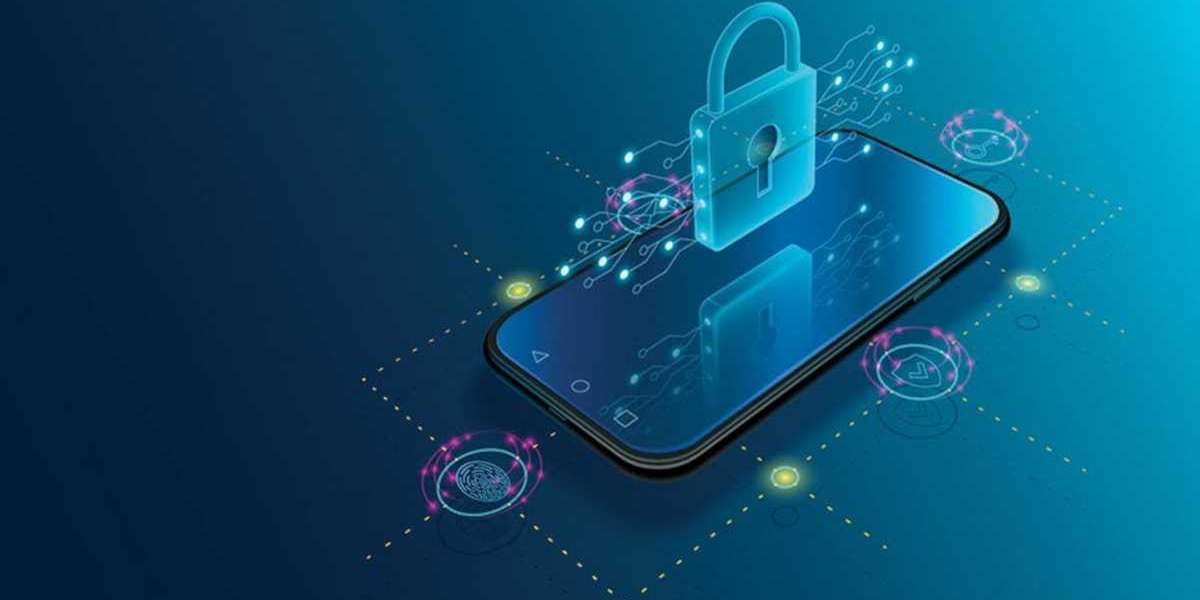The pace of mobile innovation is faster than ever. New technologies such as AI, blockchain, and edge computing are redefining what apps can do. Users now expect apps that not only perform efficiently but also provide personalized, seamless, and secure experiences. However, the rush to innovate often comes at a cost: security. As developers push the boundaries of creativity, the challenge lies in maintaining the delicate balance between innovation and protection.
Modern mobile applications collect massive amounts of personal data, from location and contact details to behavioral patterns. While innovative features enhance engagement, every new function can introduce potential vulnerabilities. Thus, the question developers face is not whether to innovate but how to innovate responsibly by integrating robust security practices into every stage of the process.
The Need for Balance Between Innovation and Security
Mobile technology continues to evolve rapidly, creating opportunities for developers to deliver exceptional experiences. Yet, as innovation expands, so do the threats. Every new functionality introduces complex code, new APIs, and expanded data flows all of which can be exploited by attackers if left unprotected.
Finding balance starts with understanding that innovation and security are not competing priorities. Instead, they should coexist as integral parts of development. By embedding security within the creative process, developers can ensure that every feature is both exciting and trustworthy.
Security as the Foundation of Modern App Design
Security should not be an afterthought it must be designed into the core architecture of every app. This involves adopting secure coding standards, validating inputs, encrypting sensitive data, and regularly testing for vulnerabilities.
Developers who prioritize security early reduce the risk of data breaches and enhance long-term scalability. A secure foundation enables teams to experiment freely without fearing instability or compromise. In essence, strong security fuels innovation by allowing developers to build confidently on a reliable framework.
The Role of Emerging Technologies
Emerging technologies are driving the next generation of mobile innovation. Artificial intelligence (AI), machine learning (ML), augmented reality (AR), and blockchain are reshaping user experiences. However, each of these technologies introduces new security challenges.
AI-powered personalization, for example, relies on massive datasets. Without encryption or anonymization, this data can expose sensitive user information. Blockchain offers transparency and immutability but demands careful implementation to prevent exploits. As these tools become more integrated, developers must rethink how innovation interacts with data protection.
This evolving landscape has redefined the focus of app development, pushing developers to integrate innovation and security as shared objectives rather than separate processes.
The Importance of Secure Innovation Strategies
To balance innovation with safety, developers must adopt a proactive approach. Threat modeling during early planning stages helps identify potential risks before they become vulnerabilities. Integrating automated security tools into continuous integration pipelines also ensures ongoing protection.
Modern applications must comply with global privacy regulations such as GDPR and CCPA. These frameworks require transparent data handling and user consent management. Developers who align innovation with compliance not only protect users but also strengthen brand credibility.
Security is not just technical it’s also about trust. Users are more likely to engage with apps that demonstrate a clear commitment to protecting their privacy. As a result, secure innovation is becoming a key differentiator in a crowded app marketplace.
Human-Centered Design and Security Awareness
While technology is crucial, human behavior often determines security outcomes. Developers must design applications that educate and empower users to make safe choices. Features like two-factor authentication, privacy dashboards, and permission transparency foster trust and awareness.
Additionally, collaboration between designers, developers, and security experts ensures that security measures do not compromise usability. Complex authentication steps or confusing warnings can frustrate users, leading them to abandon apps altogether. A thoughtful balance between safety and simplicity is essential for long-term engagement.
Collaboration and Skill Development
Achieving security within innovation requires a shift in mindset and culture. Development teams should view security as a shared responsibility, not a final step handled by a separate department. Regular training, code reviews, and vulnerability assessments help reinforce this mindset.
Partnering with experienced professionals such as an iOS mobile app developer can also bring specialized insight into platform-specific security protocols. For instance, iOS architecture enforces sandboxing, secure keychains, and strict app store policies features that, when leveraged correctly, can enhance app resilience. Collaborating with experts who understand these systems helps businesses implement secure, scalable, and forward-thinking mobile experiences.
The Role of Cloud and DevSecOps
Cloud technology and DevSecOps practices have transformed how modern applications are built and maintained. DevSecOps integrates security at every phase from planning to deployment ensuring vulnerabilities are identified early. This continuous approach eliminates the traditional divide between development and security teams.
Cloud platforms, on the other hand, offer scalability and built-in security solutions. However, developers must still manage configurations carefully to avoid exposing sensitive data. Multi-factor authentication, encryption, and secure APIs must be standard practices when deploying apps in cloud environments.
When combined, DevSecOps and cloud computing foster innovation while maintaining stringent protection, enabling developers to release updates quickly without compromising integrity.
Balancing User Experience with Security Controls
Innovation often focuses on improving user experience. However, excessive restrictions can frustrate users, while leniency can lead to breaches. The ideal approach is one that protects users without disrupting their interaction with the app.
For instance, biometric authentication simplifies login while maintaining high security. Context-aware access control allows users to bypass unnecessary steps in trusted environments but increases scrutiny when risks are detected. These adaptive methods provide the perfect middle ground between safety and convenience.
Leveraging AI for Smarter Security
Artificial intelligence is not only a driver of innovation it’s also a powerful security ally. AI-based systems can detect anomalies, predict threats, and automatically respond to attacks in real time.
For developers, AI tools simplify vulnerability testing and threat detection, reducing manual workloads. Predictive security powered by machine learning identifies potential weaknesses before they’re exploited. This proactive approach aligns perfectly with the goal of balancing innovation and safety.
Preparing for the Future of Secure Innovation
The next generation of mobile apps will be more interconnected, data-driven, and personalized. As innovation accelerates, security will become an even greater challenge. Developers must remain adaptable, continuously updating their knowledge of new frameworks, vulnerabilities, and compliance standards.
Security will no longer be seen as a limitation it will be the foundation that enables sustainable innovation. By fostering a culture that values both creativity and protection, developers can build mobile applications that inspire confidence and drive progress.
Conclusion
Innovation and security are two sides of the same coin in next-generation mobile app development. As technologies evolve, developers must ensure that creativity never compromises protection. Embedding security into every stage from concept to deployment creates a safer digital environment for both users and businesses.
The most successful developers are those who recognize that innovation and security are not opposing forces but complementary pillars of modern technology. By adopting proactive security strategies, leveraging expert collaboration, and embracing responsible innovation, they can shape a future where mobile applications are both cutting-edge and completely secure.














